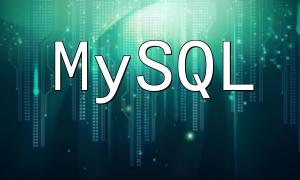When developing or maintaining PHP applications, the compatibility between a framework version and the PHP language version is critical. Mismatches between the two can lead to runtime errors, unexpected behavior, or security vulnerabilities. This article explores the version dependencies, language changes, and real-world scenarios to help developers manage upgrades safely.
Each PHP framework defines a supported range of PHP versions. Developers must ensure that the PHP environment aligns with this range; otherwise, the framework may malfunction or cause unpredictable issues.
For example, Laravel 9 requires PHP 8.0 or newer. Running Laravel 9 on PHP 7.4 will trigger errors due to unsupported syntax and features.
PHP itself evolves regularly, introducing new features, syntax, and error fixes. These updates may break compatibility with older framework versions, especially when new language constructs or changes in behavior are involved.
For instance, PHP 8.1 introduced support for Fibers, which are not compatible with Laravel 8 and earlier versions. Deploying Laravel 8 on PHP 8.1 could result in fatal errors.
When Laravel 9 was released, it set PHP 8.0 as its minimum requirement. Attempting to run it on PHP 7.4 leads to this error:
syntax error, unexpected '...' (T_ELLIPSIS) in /vendor/laravel/framework/support/helpers.php on line 209This happens because the spread operator (...) used in Laravel 9 is only supported in PHP 8.0 and later.
Symfony 6 supports PHP 7.3 or newer. If you try to run it on PHP 7.2, you may see this error:
Fatal error: Declaration of Symfony\Component\HttpFoundation\File\UploadedFile::getTargetFile() must be compatibleThis is due to the use of covariant return types, introduced in PHP 7.3. PHP 7.2 does not support this feature, causing a compatibility failure.
Before upgrading your PHP version or switching frameworks, consider these steps to ensure compatibility:
Ensuring compatibility between PHP frameworks and PHP versions is essential for stable and secure applications. Developers should carefully evaluate version requirements before performing upgrades. With the right precautions and testing strategies, you can avoid unnecessary downtime and system errors during the transition.









